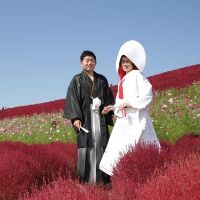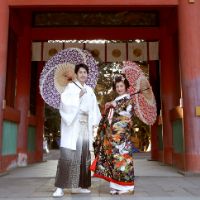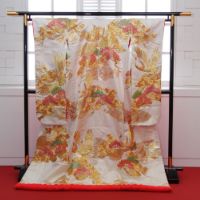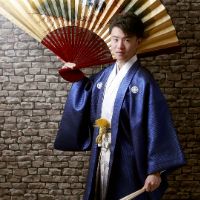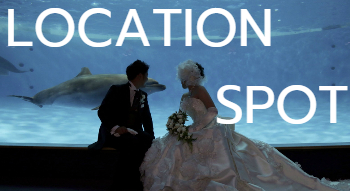The best popular wedding
Japanese traditional style~Weekday plan
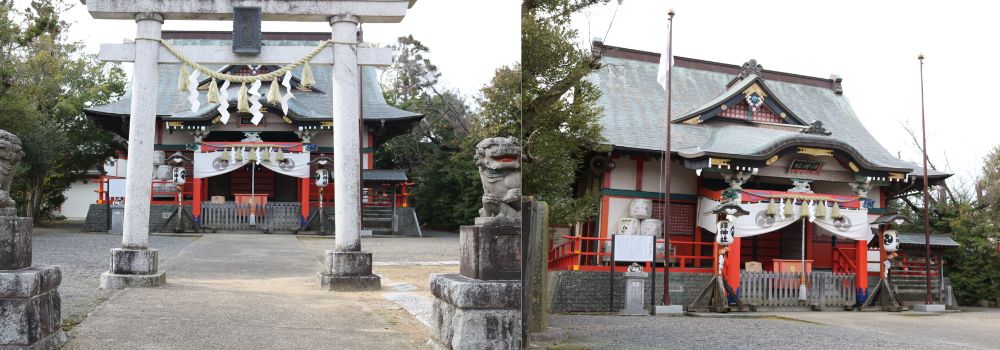

All prices are included













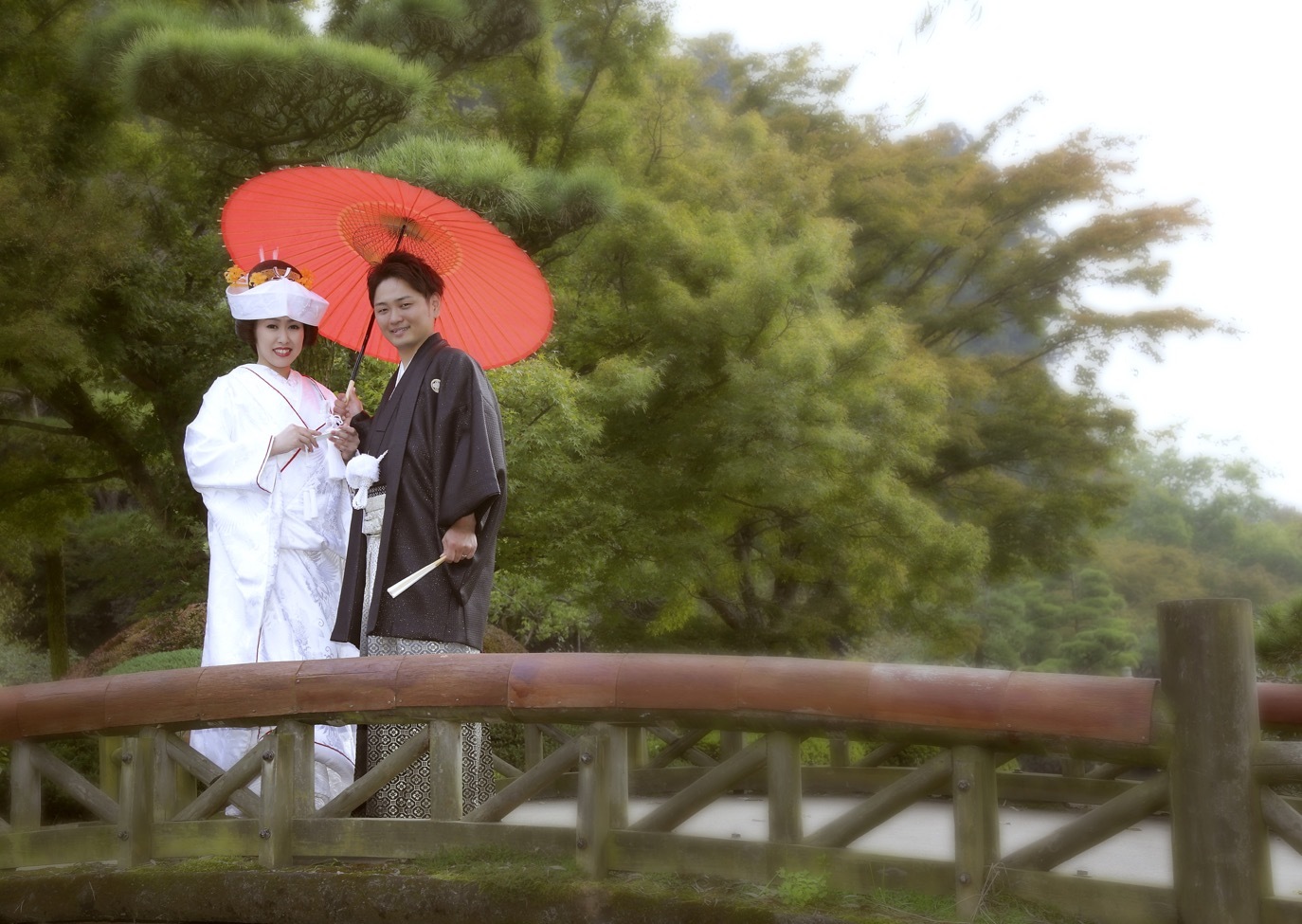
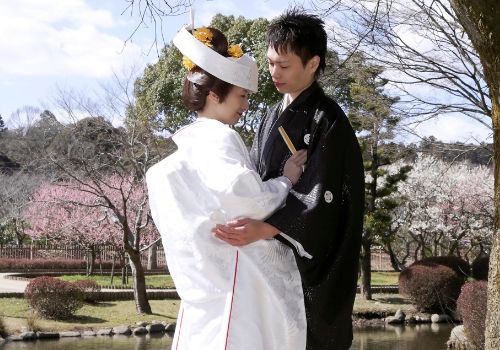

COLUMN
For Shinto weddings, the bride usually chooses a shiromuku - an all-white kimono ‒for the ceremony. It is the most formal of all wedding gowns and signifies purity, cleanliness andharmony. The symbolic colour white also represents the bride's willingness to be "painted" withher new family's standards and ideas.
Not only the garment itself but all the accessories are white as well. What surely stands out is the big white hood, which is called wataboshi and is similar to a western brideʼs veil. The hood covers the hair and most of the face, only giving a peek of the brideʼs red lips. Hiding the brideʼs face is actually part of the deal, since only the groom should be able to see the face of his beautiful wife.shiromoku-min
Under the wataboshi, brides traditionally wear a wig, which is styled in the so-called “bunkin-takashimada” and adorned with beautiful gold combs and accessories called kanzashi.
The headwear is made from a piece of white cloth that is wrapped around the brides head and is called tsunokakushi, which means ʻhiding hornsʼ. It symbolizes that all selfish feelings, like jealousy or pride, are hidden and the bride shows gentleness and affection towards her husband.
Marriage may be hard work, but with all this pomp splendid looking attire and accessories, (which can weigh up to 20 kilograms!), women have to deal with a lot to become this vision of a Japanese bride even before married life starts.
Proposal of plan~Location photo shooting



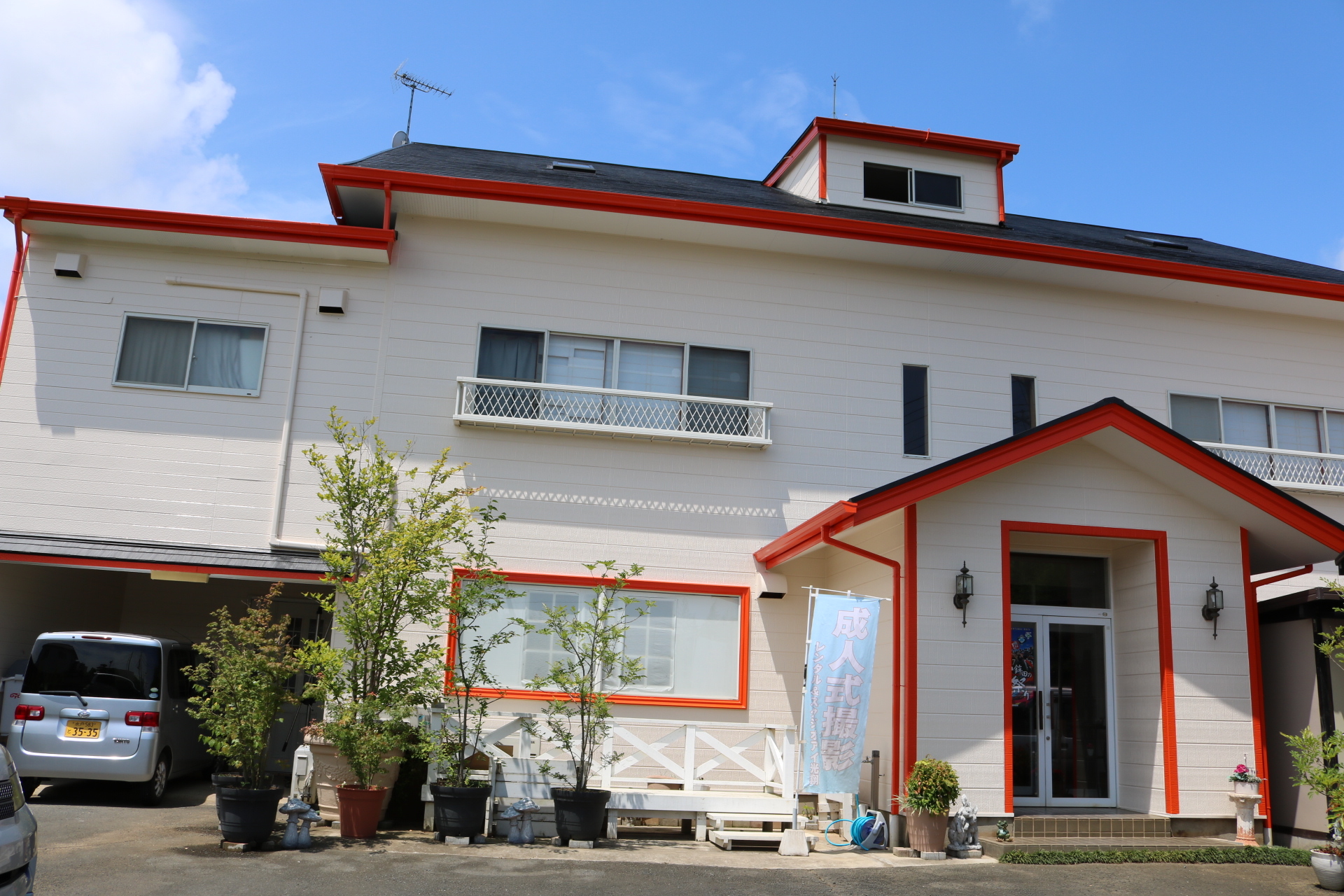
| KOUSHOU address | 1109-8, Kushihiki, Hokota-shi, Ibaraki, 311-1523, Japan |
|---|

| Our company | 光翔 (KOUSHOU) |
|---|---|
| Adress | 1109-8, Kushihiki, Hokota-shi, Ibaraki, 311-1523, Japan |
| Director | Mitsuko Yoyogi |
| TEL | 0291-33-6571 |
|---|---|
| FAX | 0291-32-6599 |
| Business hours | 9:00~19:00 |
| Pffice holidays | Open all year round |










